While e-bikes have gained popularity as a means of transportation, questions about their durability have also arisen. It is imperative to know how long an e-bike lasts on the road to gauge its value and ensure a cost-effective investment. This article aims to provide information on the average service life of e-bikes, allowing readers to understand the importance of proper maintenance for their own e-bikes.
**Life expectancy**
The duration of an e-bike's usability is determined by the number of hours it is utilized after purchase. This length of time can vary depending on different usage scenarios, the quality of the frame and the level of maintenance it receives. It is imperative to note that the service life of an e-bike is not solely determined by the frame but also by the motor, battery and other components. An e-bike can last approximately 3-5 years, but with proper maintenance, it can potentially have an even longer lifespan.
 **Motor**
**Motor**
The motor serves as the primary component of an electrically powered e-bike. Classifications are based on different usage scenarios and price categories. The two most common types of motors for e-bikes are rear hub motors and mid-mounted motors. Rear hub motors are prevalent in most e-bike types available on the market, while mid-mounted motors are commonly found in mid-range and high-end e-bikes. One advantage of a mid-mounted motor is its ability to drive the chain, providing more power to conquer hills and cover longer distances. The rear hub motor, in contrast, is not constrained by a chain and gears. This means it is less likely to wear out or break, leading to a longer lifespan. The typical motor lifespan ranges from 3,000 miles to 15,000 miles of riding, with variations depending on many factors. These factors include riding style, frequency and motor quality.
The most frequently encountered situations that can lead to a decrease in motor efficiency are excessive heat generated by prolonged use or malfunction caused by improper storage conditions. It is common to experience this when mountain riding during which high-speed mode is engaged for an extended period of time, causing the motor to overheat and potentially impair performance. Similarly, storing the motor in a damp environment can result in moisture-related damage to its inner structure.

When regularly faced with challenging riding conditions, it is important to use the motor responsibly to ensure optimal performance. This can be achieved by selecting a motor with higher specifications at the time of purchase instead of opting for a lower-powered one. Regular cleaning and maintenance of the motor are also essential to keep it dry and prevent damage caused by humid storage conditions. It is imperative to be aware that using a high-pressure washer to clean the motor should be avoided. After cleaning, the motor should be dried thoroughly and lubricated to ensure smooth operation.
The motor is the central component responsible for initiating the e-bike's operation. As a result of its ability to convert electrical energy, primarily when used in conjunction with pedal assist mode, the rider can achieve a wide range of speeds. Proper care and maintenance of the motor is essential for ensuring its longevity and extending its overall lifespan.
**Batteries**
The significance of batteries in e-bikes cannot be overstated. Batteries serve as the energy source that propels the e-bike forward. Lithium-ion batteries are especially attractive because they are lightweight and have a long lifespan. As well, they have a relatively high energy density, meaning they can store much energy in a small space. Additionally, their fast-charging times make them ideal for powering electric bikes. The batteries on Cyrusher e-bikes come from Samsung and LG, typically last up to 800 cycles and are equipped with overheating protection to ensure their longevity.
It is important to note that the cycle data provided by the manufacturer reflects the quality of the product. Improper charging practices can negatively impact charge cycles and battery life. Inappropriate battery care can include storing batteries in damp environments or when incorrect charging methods are employed. Replacement batteries are necessary if the battery's power rapidly deteriorates.
How long can you ride on a full charge?
The distance a fully charged e-bike can travel can be confusing for riders. E-bike range is not solely determined by battery capacity. Other factors such as the bike's design, the riding surface, the weight of the bike and the riding modes play a role too. For instance, an e-bike equipped with a mid-motor and a cadence sensor will be more energy efficient. If the rider chooses to pedal more in eco mode with a lighter load, the bike is able to cover a longer distance. In addition, riding on smooth city roads is generally more power efficient than off-road mountain riding.
Riders can carry an extra battery as an optimal solution to address any worries about power depletion and range limitations. Doing so allows them to enjoy their ride without concerns about running out of power or distance restrictions.
**Other components**
Besides the primary components, other parts also possess a specific lifespan — for instance, brakes, chains, shock absorption systems, etc.
The brake pads on an e-bike that is in regular use tend to wear out over time. Typically, you will need to replace the brake pads every 2000 miles if you frequently ride on demanding terrain.

The rate at which the chain wears down differs between various e-bike models. In general, anticipate replacing the chain every 2000 km, probably along with other related components such as the flywheel, rack and pinion disc. It is recommended to regularly clean any dust or sand that accumulates between the chain gears to minimize chain wear. It is worth noting that mid-motor e-bikes tend to experience higher chain wear than rear-hub motor ebikes. A mid-drive motor ebike transmits power through its chain. Consequently, chain replacement will be more frequent and entail additional maintenance expenses.
The tyres of an electric bike will experience more rapid wear than a traditional bike due to increased speed and performance, particularly during mountain riding where terrain complexity accelerates tyre tread wear. On average, the lifespan of e-bike tyres can range between 1000-4000 miles. However, by adjusting your riding habits and minimizing riding on rough surfaces, you can effectively prolong the longevity of your tyres.
How to effectively extend the service life of an electric bicycle
- Proper maintenance: The wear and tear on the parts of electric bicycles can cause friction, damaging other components and presenting safety risks. Regularly replacing worn parts can reduce the risk of friction and damage. Frequent cleaning and maintenance can help remove dirt and particles that contribute to damage and wear, while ensuring the bike remains dry will prevent rust and corrosion.
- Storage environment: It is advisable to refrain from storing an electric bike in extreme temperature conditions, such as outside in freezing winters or scorching hot summers. Instead, storing the electric bike indoors will protect it from the elements and keep it from becoming worn or damaged. A dry and well-ventilated storage environment will help extend the life of the electric bike's battery as well as other components.
- Riding environment: The riding environment can have a significant impact on electric bikes' lifespan. For example, electric bikes regularly used for mountain riding tend to have a shorter lifespan than those used for riding on smooth roads. Despite this, it is imperative to remember that the longevity of an electric assist bike should not be the deciding factor ─instead, rider enjoyment should be the priority.
- Choose the right e-bike according to your riding style: Selecting the appropriate electric bicycle based on your preferred riding style is a reliable method to ensure the longevity of your e-bike. If you are more inclined towards the exhilarating adventure of mountain biking, opt for a top-tier mountain e-bike equipped with superior power configuration. Conversely, a basic entry-level electric assist bike will meet your requirements if you engage in routine road biking. Adhering to the recommended motor power ratings for specific types of e-bikes is necessary to ensure the longevityof the motor.
- Adjusting your riding habits: If you want your bike to last longer, it isbe wise to consideryour riding style. Instead of frequently switching to high-grade mode or braking sharply, try relying more on eco mode and gradually using your pedals to increase speed. Adjusting your riding habits reduces the strain on your bike's engine and other components. It is helpful for minimizing the wear and tear on your bike and extend your ebike's lifespan.
- Maintain a reasonable battery power: To ensure optimal battery performance, adhering to proper charging practices is critical. Avoid depleting the battery excessively as this can significantly reduce its lifespan. Additionally, if the electric bike is not used for an extended period, it is advisable to charge the battery periodically and store itproperly. Lastly, to prevent potential accidents, it is vitally important that the battery should not be stored at extreme temperatures, neither too cold nor too hot.

Conclusion
As an e-bike enthusiast, it's crucial to prioritize proper maintenance to maximize the longevity and value of your mobility tool. By regularly servicing the vehicle components and adjusting your riding habits, along with opting for high-quality riding components, you can significantly prolong the lifespan of your e-bike. It's critical to strike a balance between ensuring the durability of your vehicle and fully indulging in the joy of riding without being overly constrained by its lifespan. Don't forget to have fun!

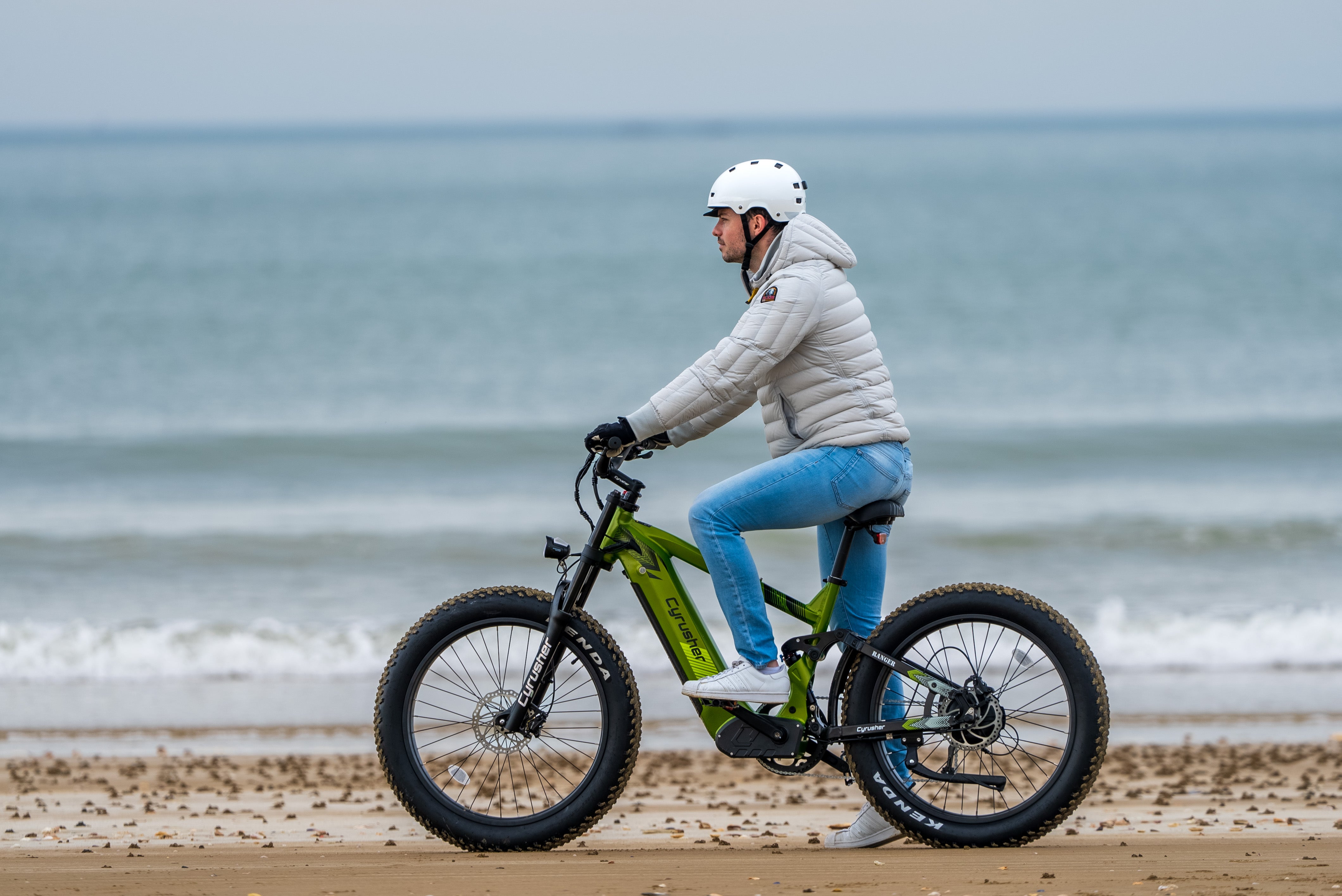

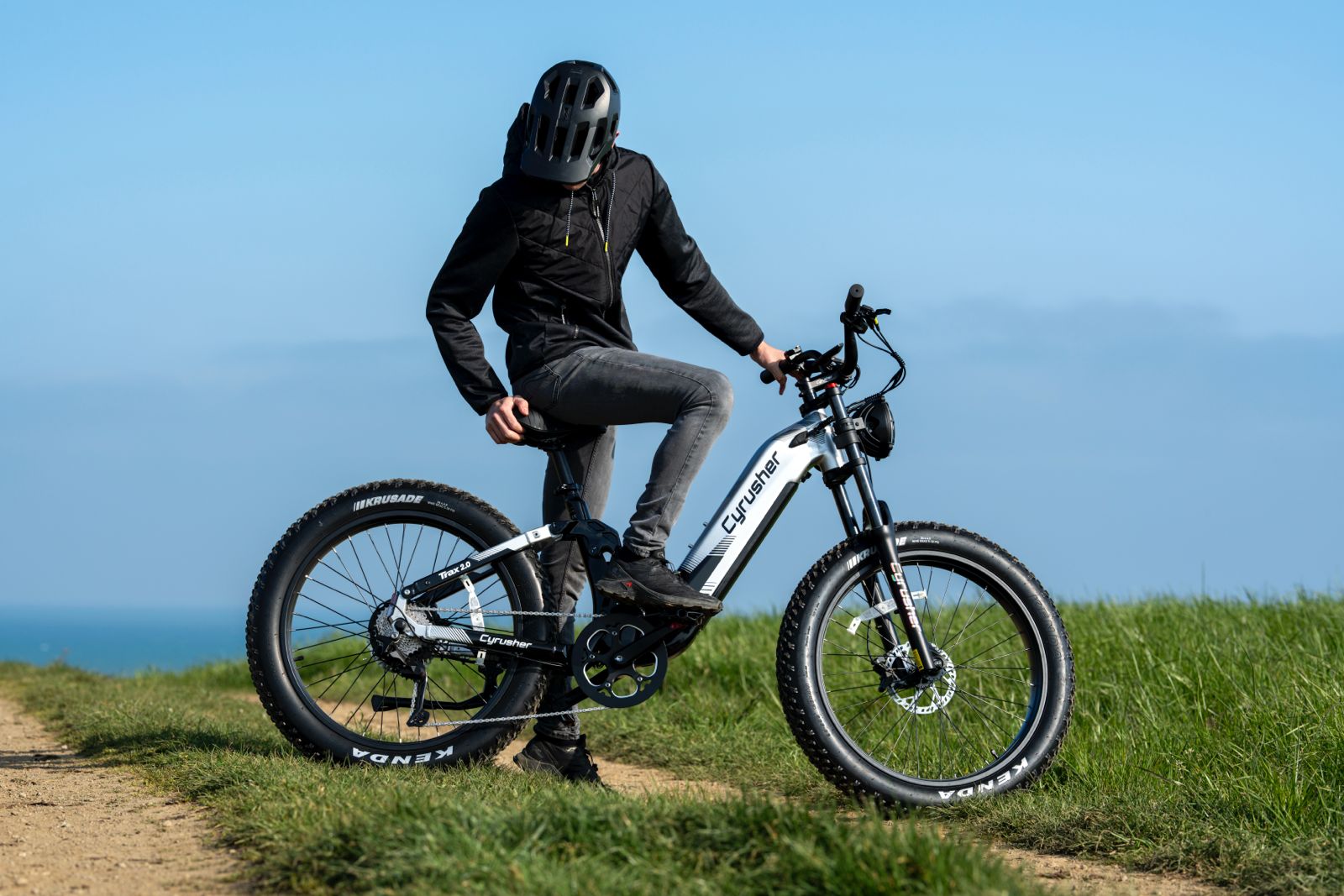
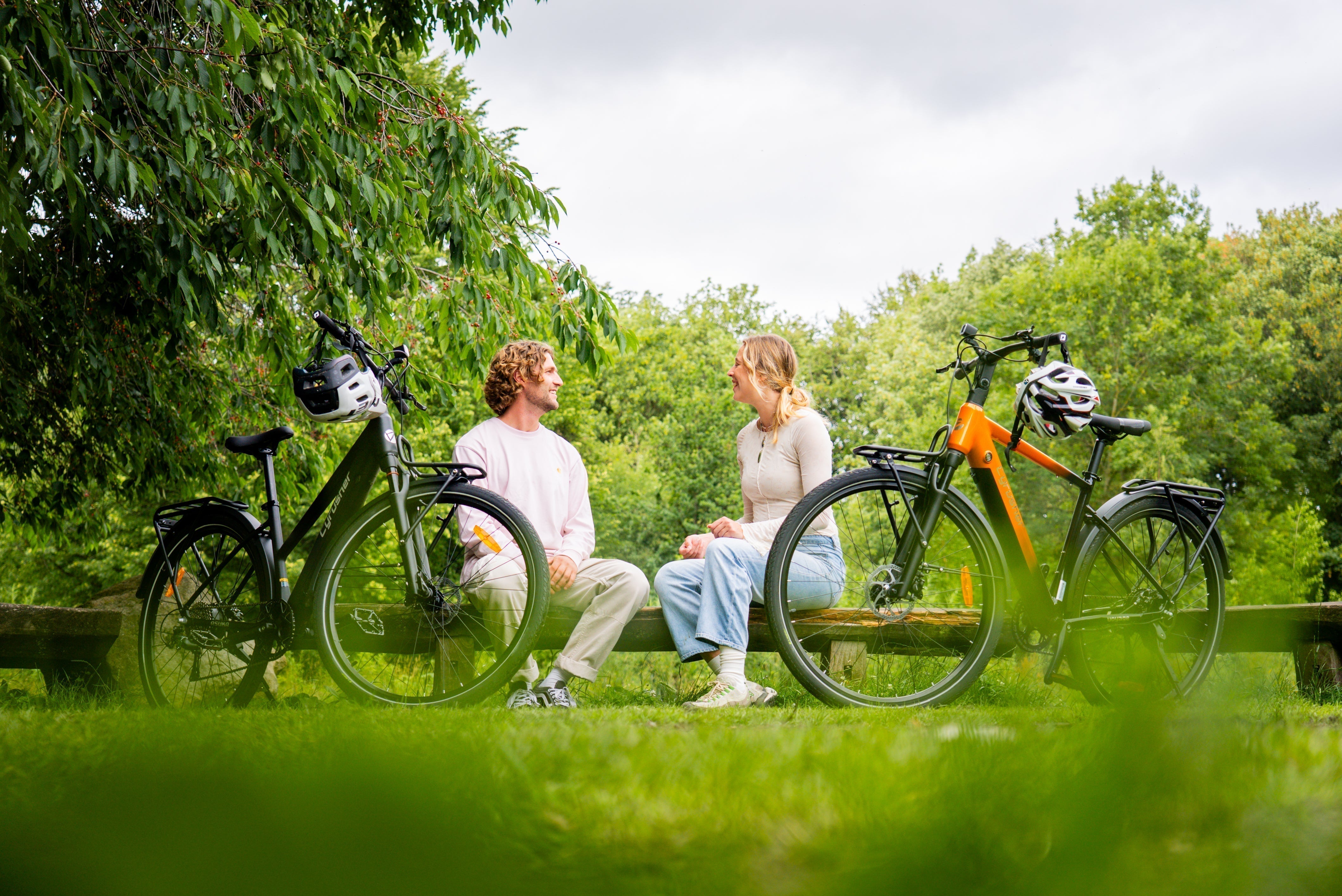
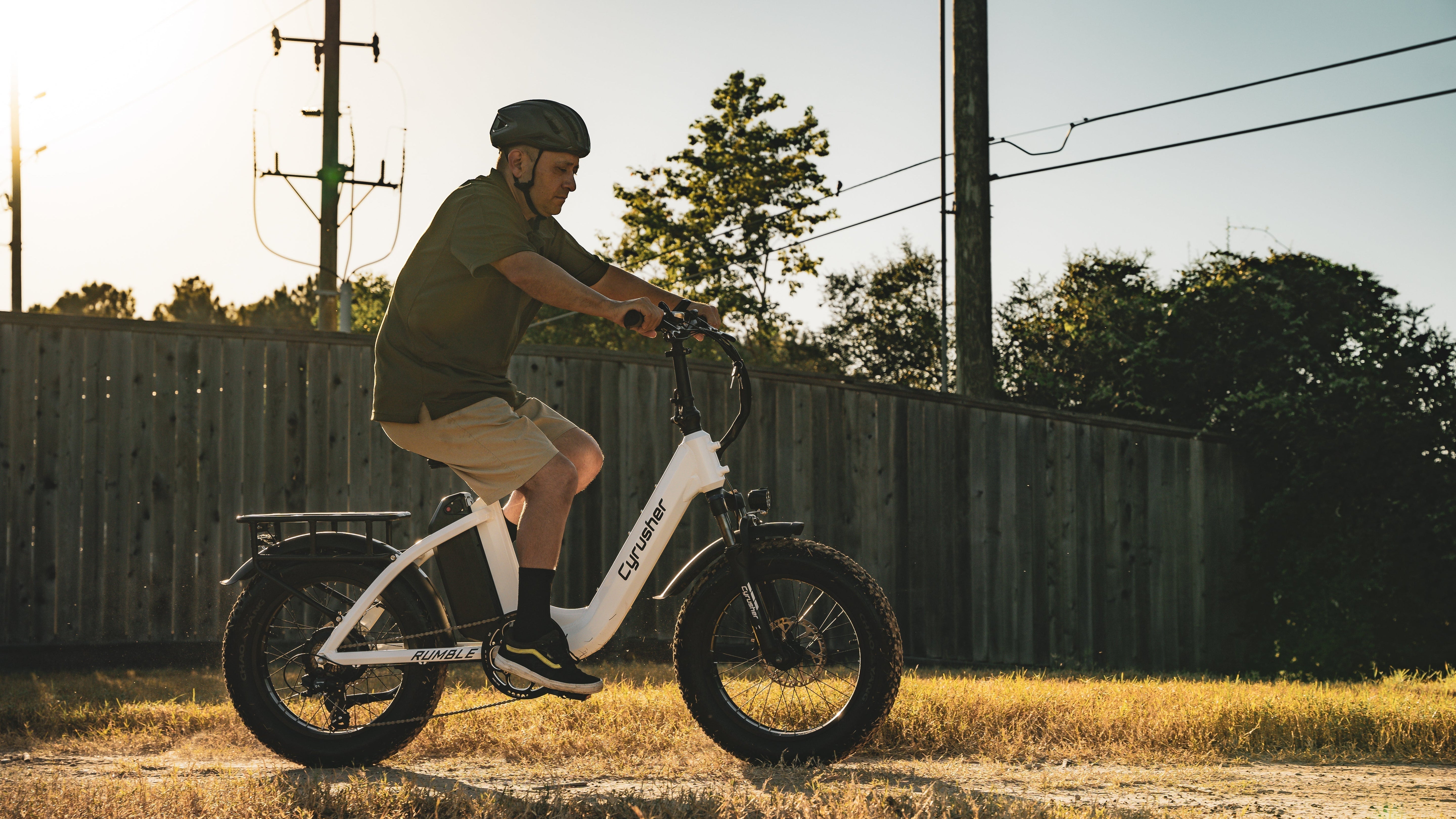

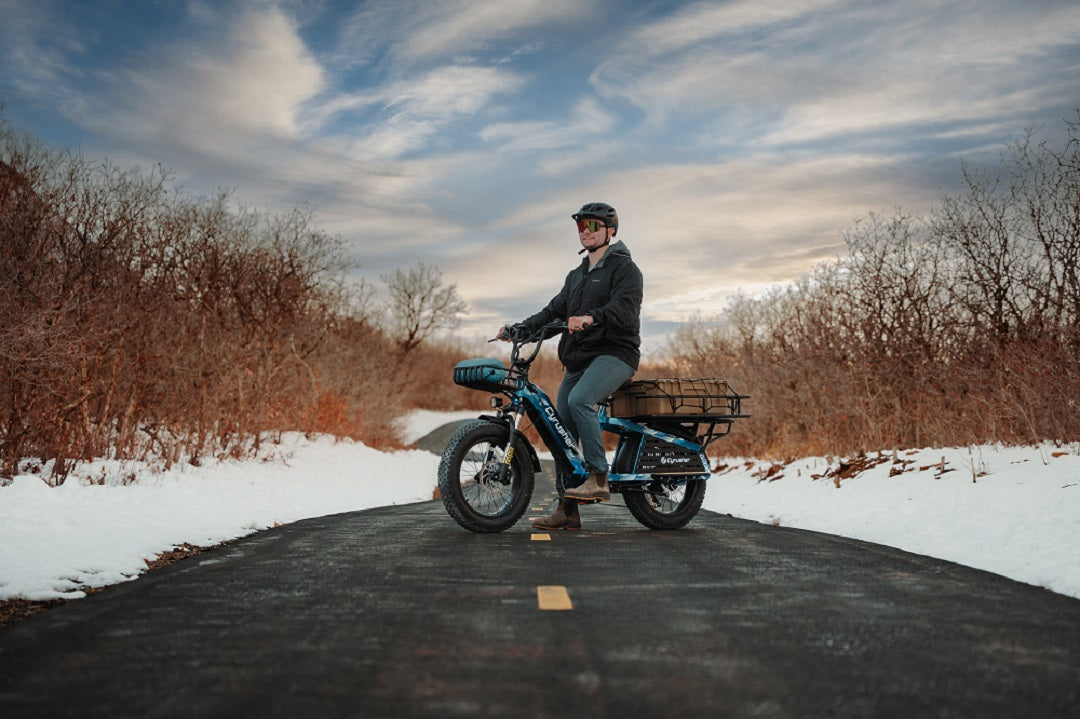
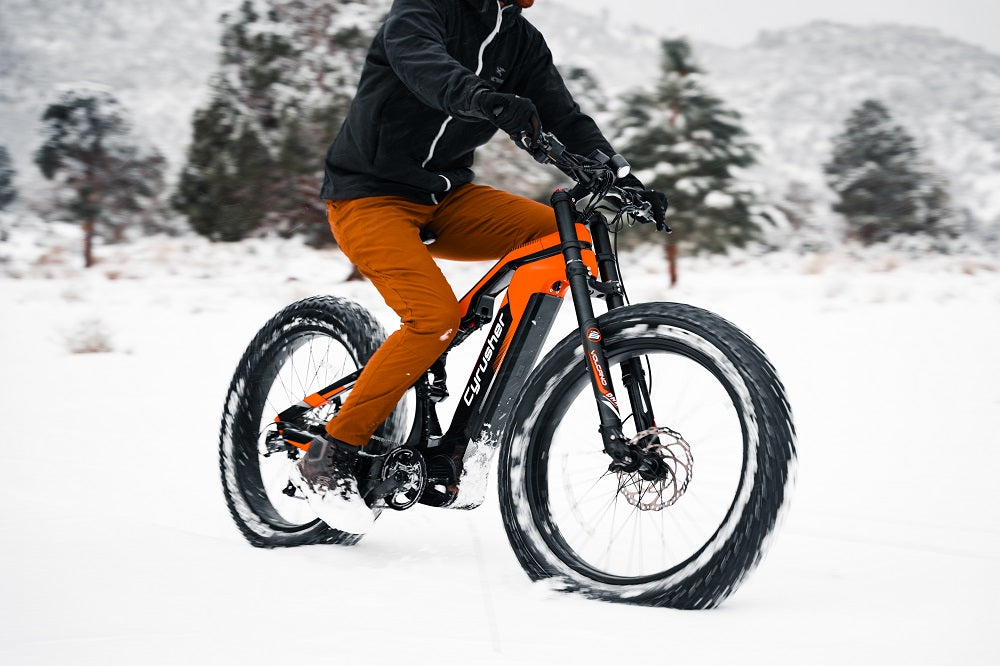
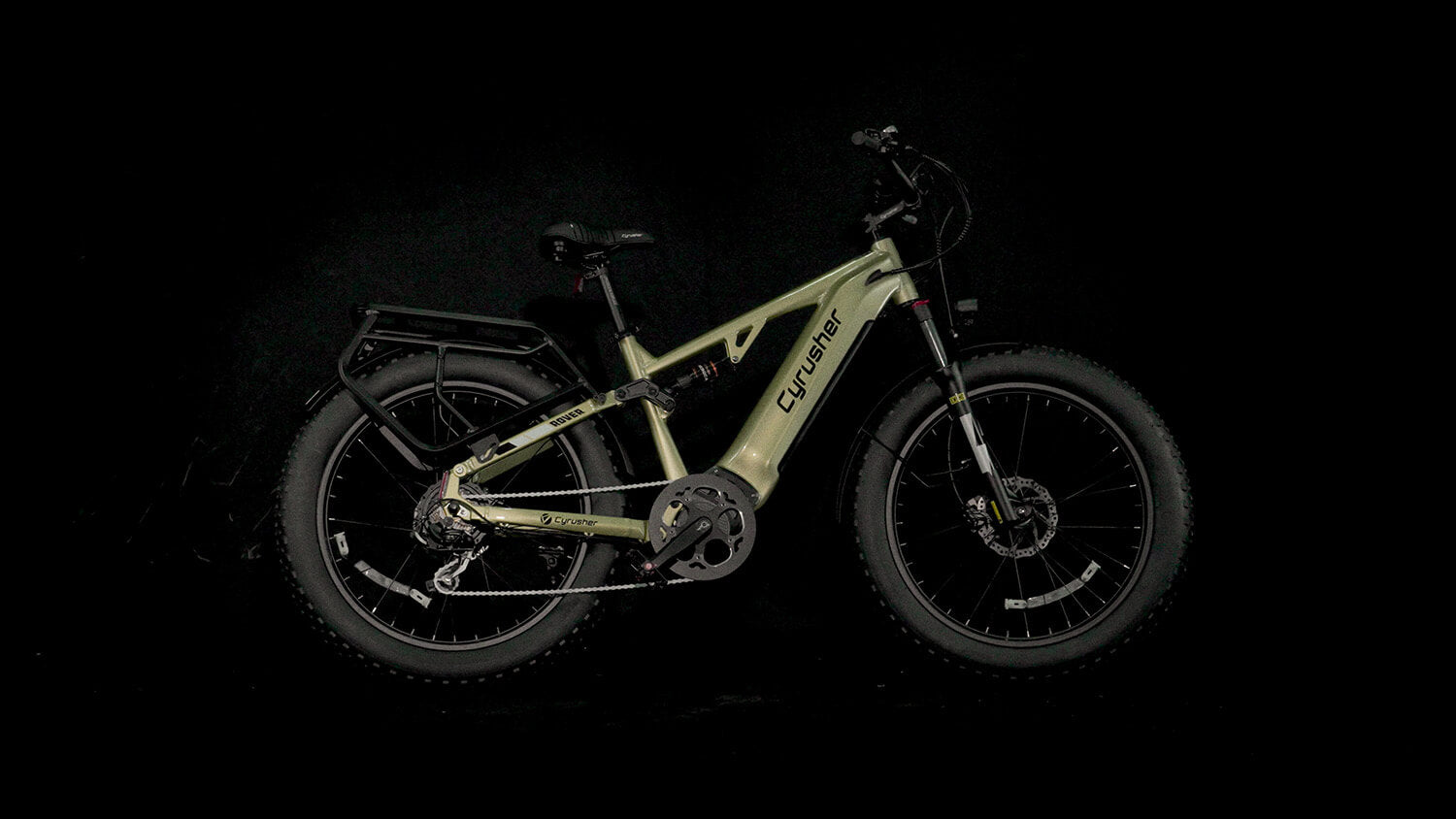
Share:
The Ultimate Guide to Bikepacking with an Ebike
The Best Electric Bikes for Summer Riding